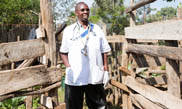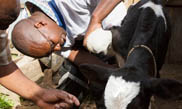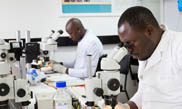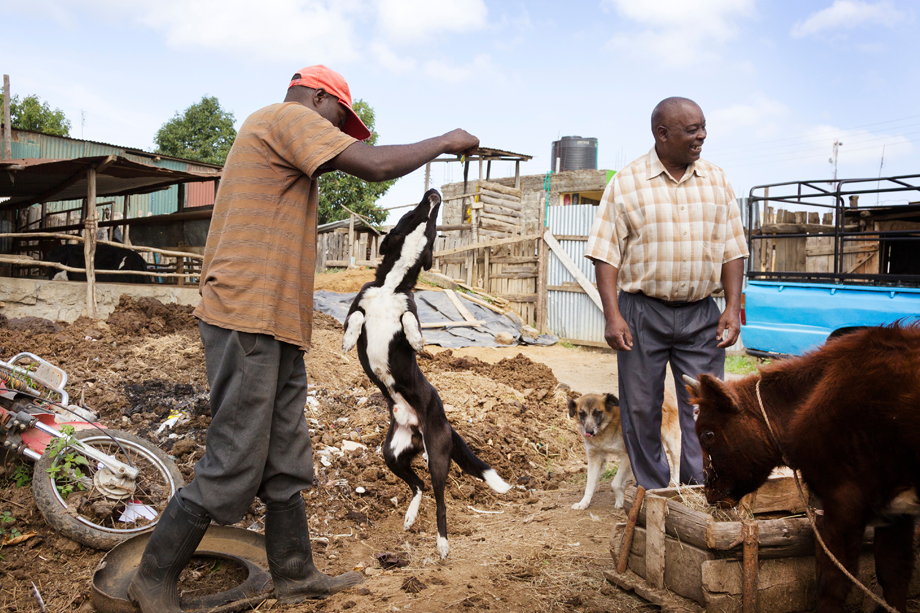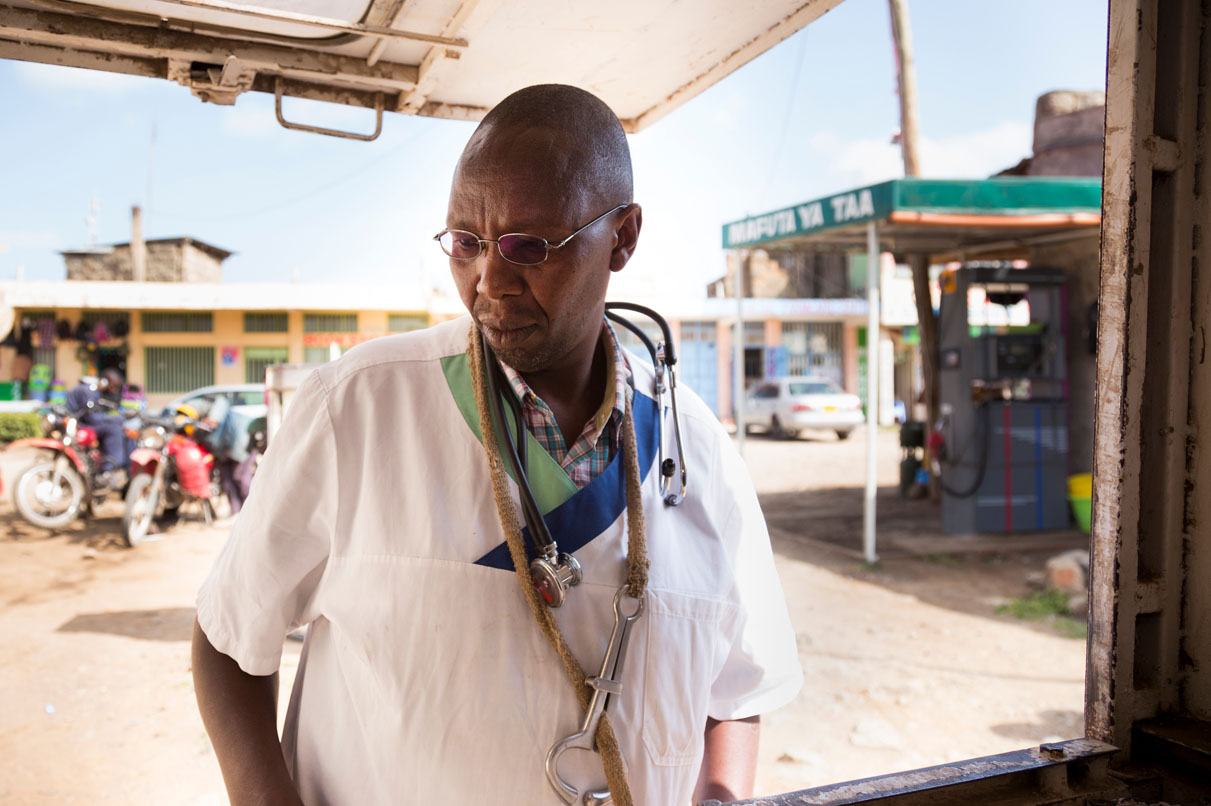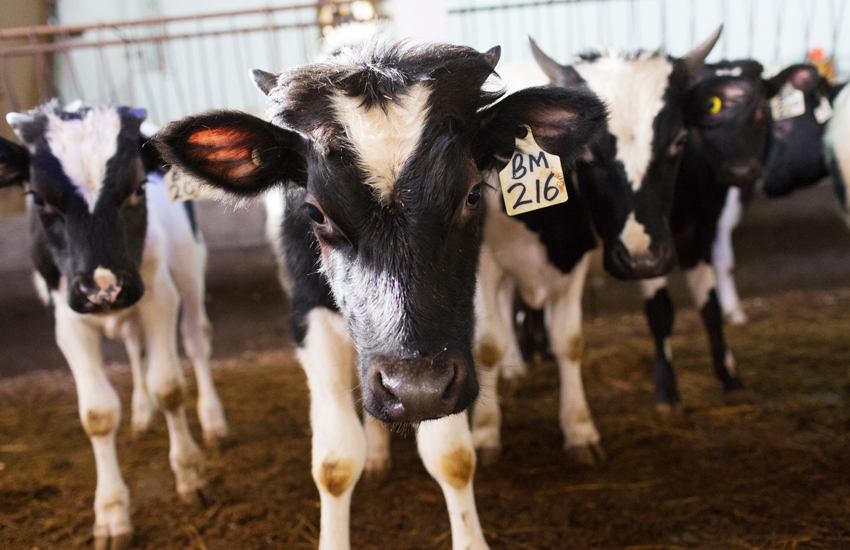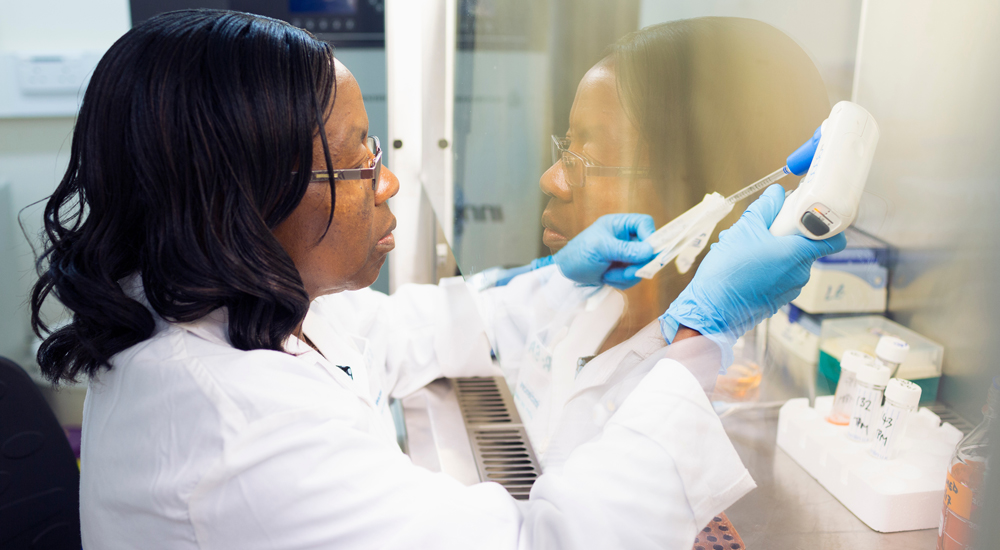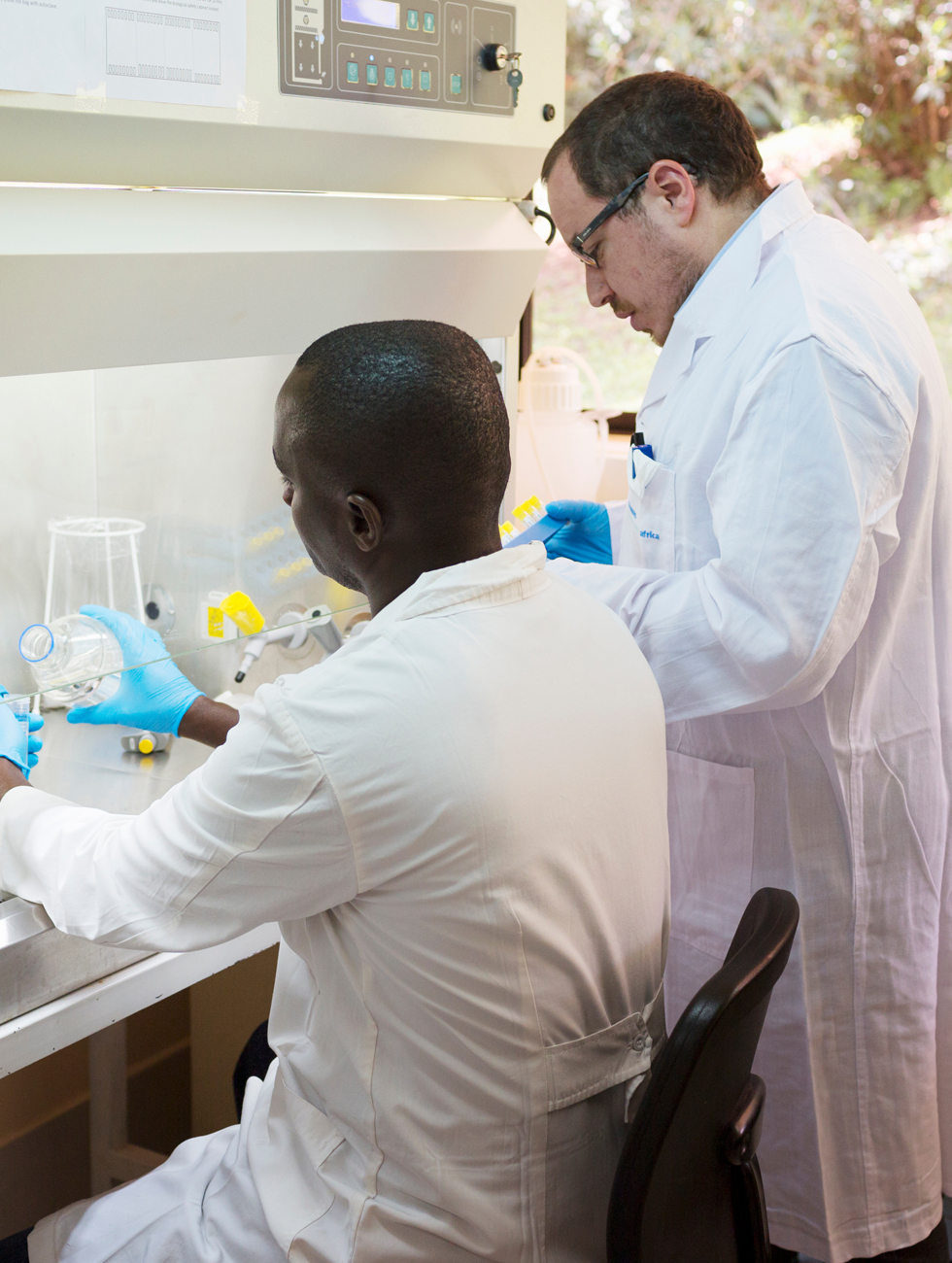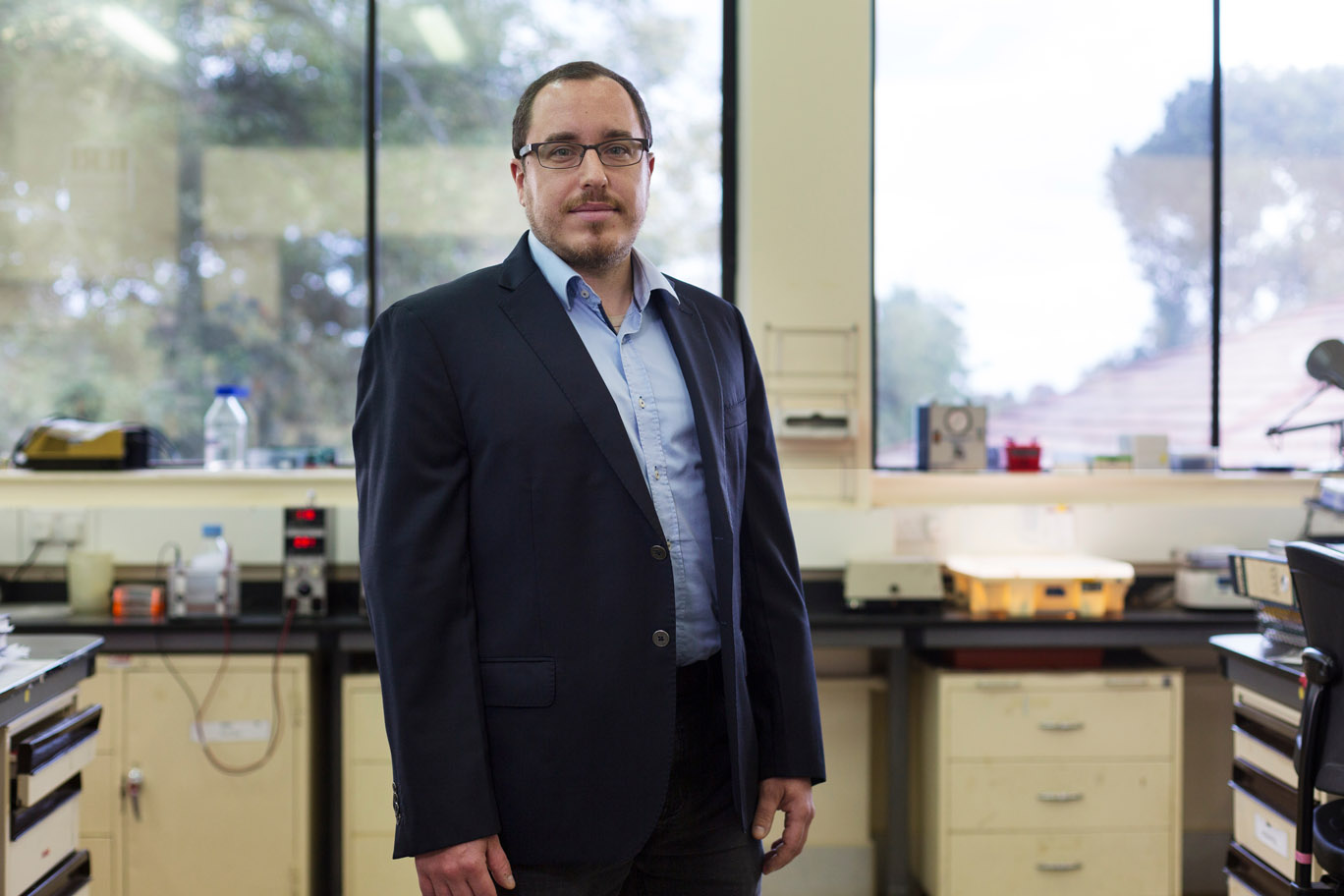Story at a glance
-
Protecting Animals Protects People
Lorem ipsum dolor sit amet, consectetur adipiscing elit.
-
Children often Bear the Brunt of Zoonotic Disease
Lorem ipsum dolor sit amet, consectetur adipiscing elit.
-
Using One Health to Protect Humans and Animals
Lorem ipsum dolor sit amet, consectetur adipiscing elit.
Riding in the truck beside Veterinarian Dr Samuel Mathenge Ngatia, the sun beats through the open window as the tires kick up clouds of dust.
This area of Gilgil in Nakuru County is a strong agricultural centre in the West of Kenya, some 121 km north of Nairobi in the deepest part of the Rift Valley.
The high temperatures and low rainfall in this semi-arid land make for difficult farming conditions for everything but the hardiest crops, such as maize. And so many farmers rely on animals and their produce for a source of income.
The Rift Valley is regarded as the food basket of Kenya, and dairy farming is crucial in this environment.”
Dr Samuel Mathenge Ngatia“And with the rising Kenyan population, we have to feed it on milk and meat. Meat of all types: poultry, beef, mutton and pork.”
This is why livestock are so precious in this region. Losing any to illness hurts the farmer, the animal and the community around him.
The Rift Valley is also linked with Rift Valley Fever – a zoonotic disease carried by mosquitoes first discovered in sheep here in 1931. Since then, there have been several outbreaks within Africa and the virus has spread to other countries, including Egypt and Saudi Arabia.
It’s passed on to humans when they come into contact – either directly or indirectly – with the blood or organs of an infected animal. The many farmers, herders, and veterinarians in this region are at a higher risk of infection. In places such as Gilgil, where much of the community are farmers, an outbreak could devastate the community.
It’s clear then that Dr Mathenge Ngatia’s visits are something of a lifeline to people like dairy farmer Philip Ndungu Kamunyu.
“I have children in school so money is needed,” he says. Philip owns a bookshop, but, began raising dairy cattle and selling milk to his neighbors for extra income.
“It’s a good source of income. It means that if one of my children is accepted by a university, I have money, I can sell one animal [to fund it],” he adds.
The good health of his animals is a must for his family and his livelihood in a country where 36 per cent of the population live below the poverty line.
But the number of zoonotic diseases in Kenya – including rabies, anthrax and bovine tuberculosis – makes this a challenging environment for livestock, and the communities who depend upon them.
For example, rabies kills an estimated 24,000 people in Africa each year, most of them children, despite the availability of an effective vaccine. Communicating the risk of zoonotic diseases to farmers and their families is an ongoing educational challenge for veterinarians, governments and global institutions.
Philip and his family have some knowledge of the dangers. He says: “Dr Mathenge has explained that there are some diseases, which are transferable from animals to human beings. He has alerted us to zoonotic diseases.”
But not everyone is so lucky. Sadly, Dr Mathenge himself knows only too well the risks associated with zoonotic disease.
His own daughter contracted Brucellosis – an infectious disease caused by a bacteria called Brucella.
In cows, Brucellosis causes abortions and leads to a reduction in milk production, although different forms have also been discovered in pigs, sheep and goats. The disease can be passed on to humans through infected meat, or milk that hasn’t been pasteurized.
My daughter, she was only 13 years of age. No medical doctor could diagnose the condition and we struggled with her for two years without a diagnosis.”
Ngatia“Then one day out of my background as a veterinarian, I suggested to the medic to do brucella tests. Unfortunately the girl was highly positive of brucellosis. And she had to undergo antibiotic treatment for 21 days. Each day she would be given an injection,” he recalls.
Without Dr Mathenge’s knowledge of the disease, medical doctors may not have been able to diagnose his daughter. And it’s this exchange of information between human and animal health professionals that could save lives. It has been recognised globally as ‘One Health’.
Using One Health to Protect Humans and Animals
In a major step in 2011, the Government of Kenya set up the Zoonotic Disease Unit to help better control zoonotic disease through a One Health approach. It aims to bridge the gap between human, animal and environmental health departments by bringing them all together to share knowledge, better detect zoonotic diseases and train veterinary, medical and public health teams in these diseases.
It has recognised RVF, rabies and brucellosis in the top 10 list of priority zoonotic diseases in Kenya. And its work is supported by the United Nations Food and Agricultural Organization.
Meanwhile, industry is harnessing new surveillance technology to track weather patterns in areas at risk of RVF. It effectively predicts when RVF might hit once more, giving farmers and communities time to protect themselves.
In a development for brucellosis control, the Global Alliance for Livestock Veterinary Medicines (GALVmed), a not-for-profit organisation funded by the Bill & Melinda Gates Foundation, launched an ambitious competition in 2016.
It called for scientists across the world in different disciplines to find a new vaccine for small ruminants, with a prize fund of US$30m for added incentive. And in 2015, the Global Alliance for Rabies Control (GARC) launched its campaign, Zero by 30, driving key players to eradicate canine contracted human rabies by 2030.
Stemming the tide of infectious diseases is a huge a job. But these measures and other positive advances could prevent the deaths of thousands of livestock every year in Africa, improving the lives of thousands of people.
Dr Mathenge adds: “If we didn’t have medicines to treat sick animals you can be sure the food chain will be cut completely. We would not be able to get milk or if we did, it would not provide enough for our consumption.”
But it’s not just in Kenya, or Africa where human, animal and environmental health is so intertwined – the One Health movement applies globally if we are ensure the good health of everyone.
Spotlight: East Coast Fever - Finding a cure for infectious diseases
East Coast Fever (ECF) is a highly infectious parasitic disease endemic in 11 African countries, carried by ticks.
Although it’s not zoonotic, it’s believed to be the major constraint to livestock productivity in affected countries, killing one million cattle each year – that’s one cow every 30 seconds – and devastating the livelihoods of smallholder farmers.
If their livestock is infected, the only current option for a farmer is to buy a vaccine in a 40-dose straw, costing between US$8 to US$12 per injection – prohibitive for many rural farmers.
But at a research facility in Nairobi, a team of scientists and researchers from the International Livestock Research Institute (ILRI) is developing a new animal vaccine for ECF to help.
“ECF has a great impact on smallholder farmers” says Scientist Nicolas Vitek, an expert in infectious diseases on the team.
“A lot of farmers have one or two cattle for producing milk. If one or two of the animals die, it's a huge loss for them, because they rely on that for income, and as a source of protein.”
The disease has the potential to have a devastating impact on the lives of millions of the poorest people in the world.
“The work we're doing here is quite exciting because we're doing research for development. Trying to find solution for the poor. Not only generating new scientific knowledge, but finding a solution,” says Nicolas.
A lifetime of mutual care
Next storyOther stories
- A Lifetime of Mutual Care
- Health, Husbandry and Heritage
- Pride in Profession
- From Lab to Land
- The Long Walk towards Rabies Eradication
- Healthy Animals Drive Economic Growth
- Responsible use: the responsibility of us all
- Innovation for Sustainable Production
- Farming to feed a growing world
- Protecting Animals Protects People


